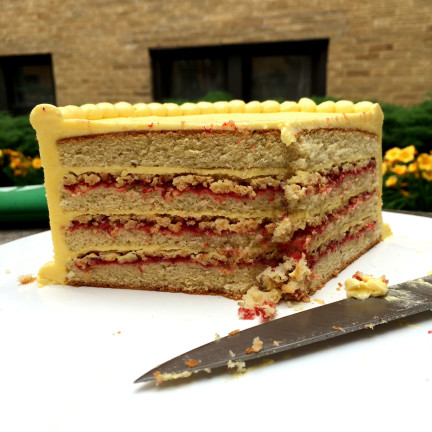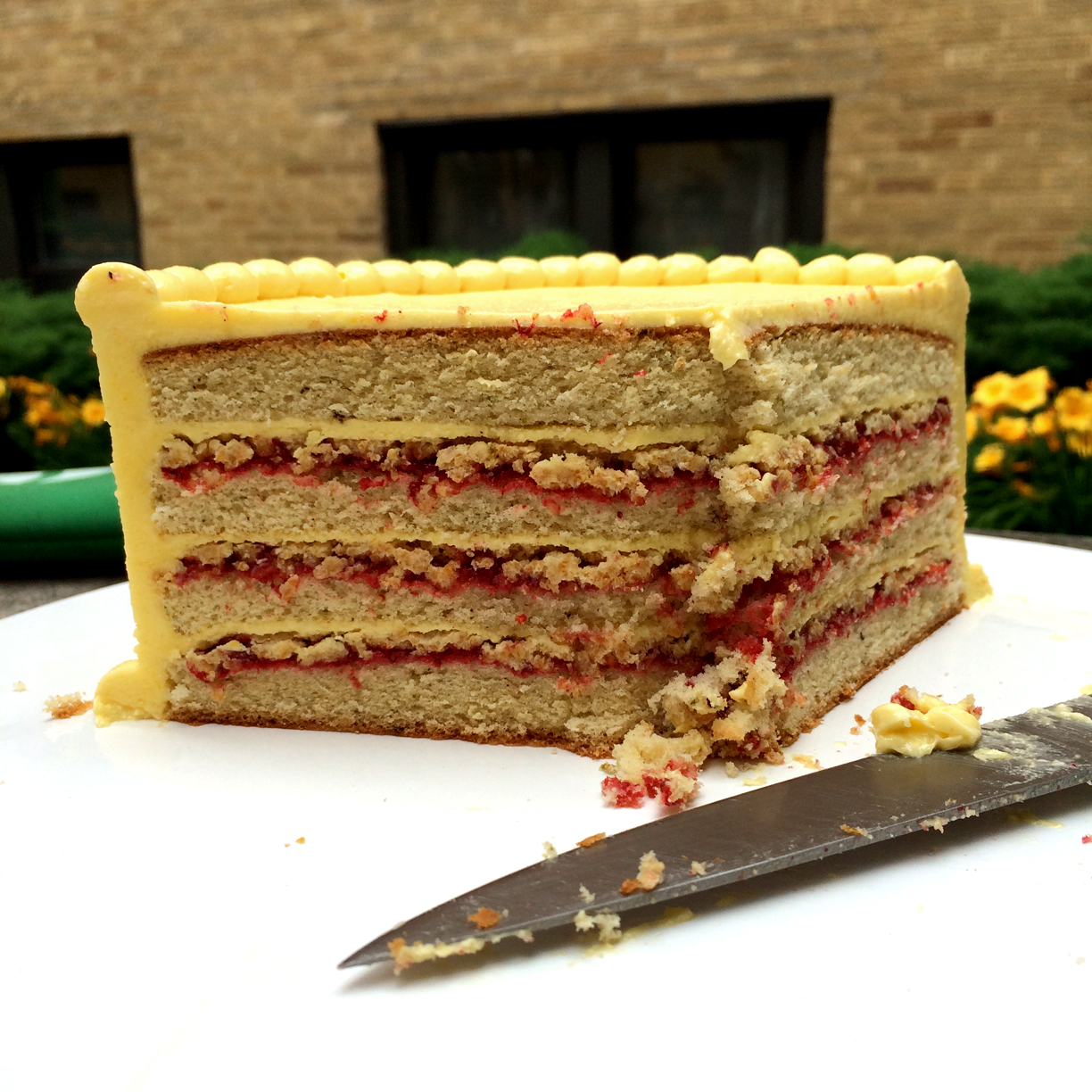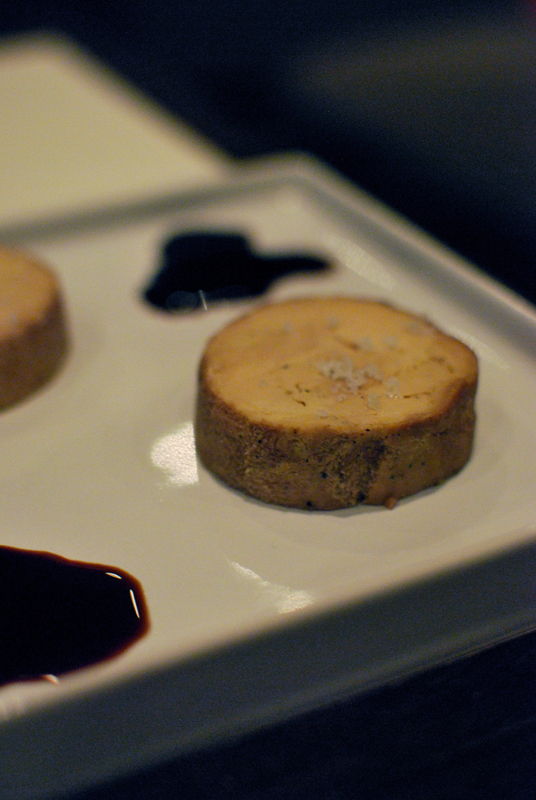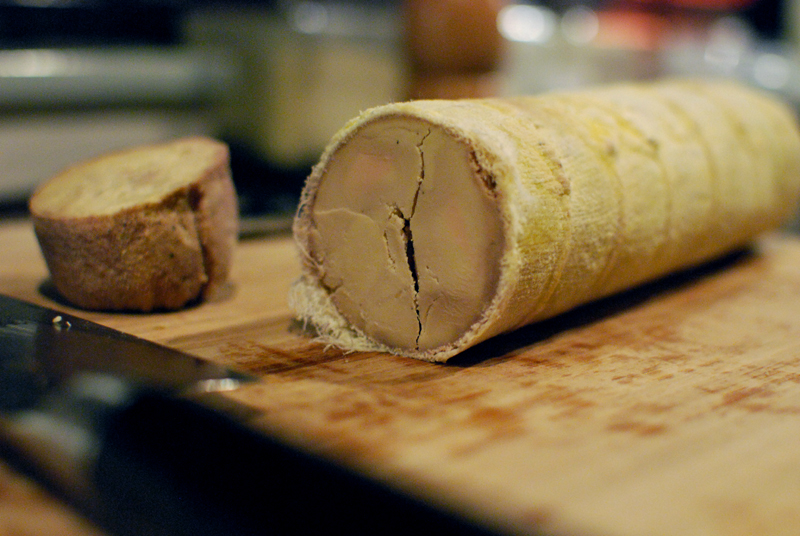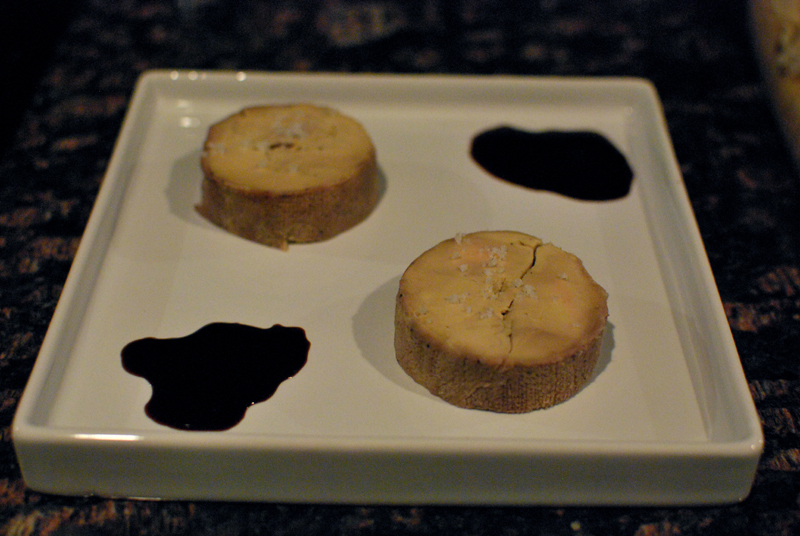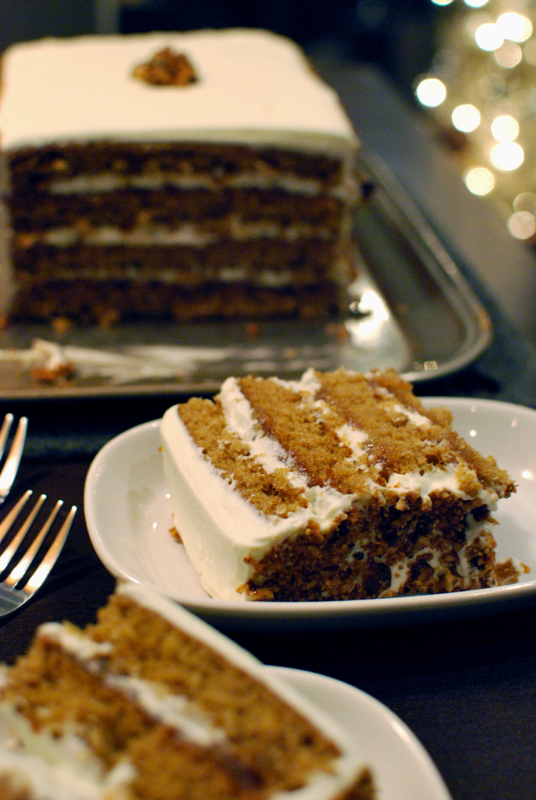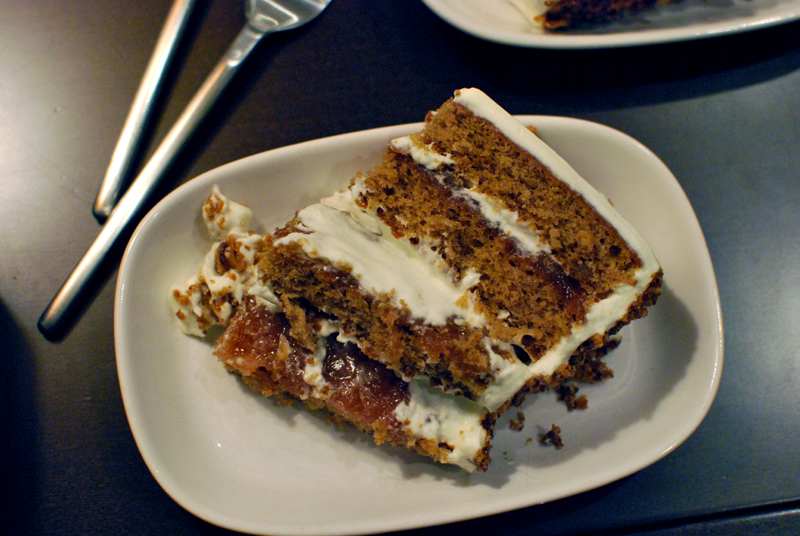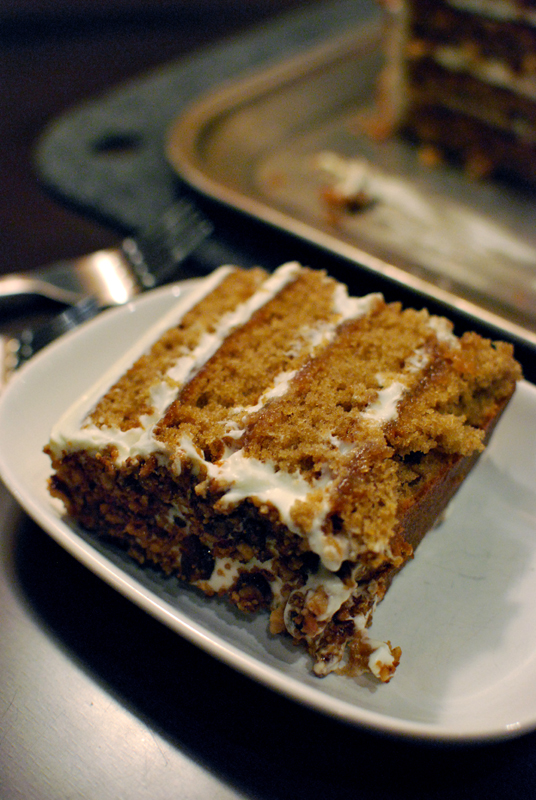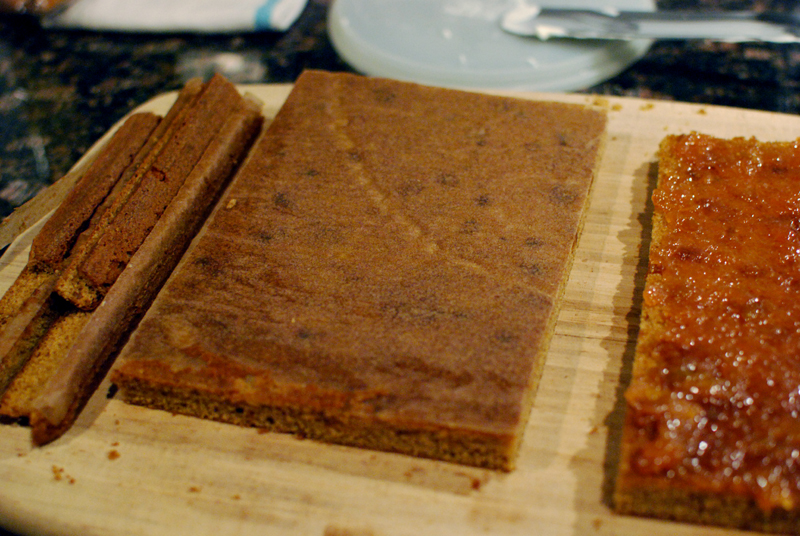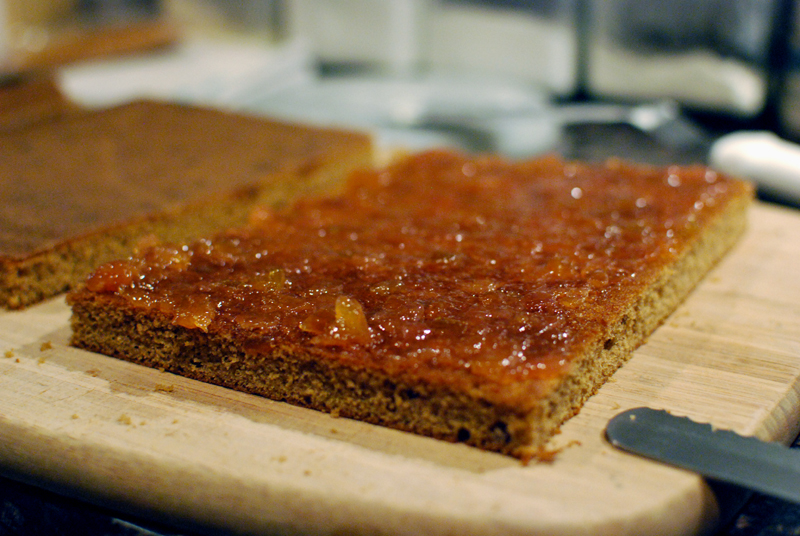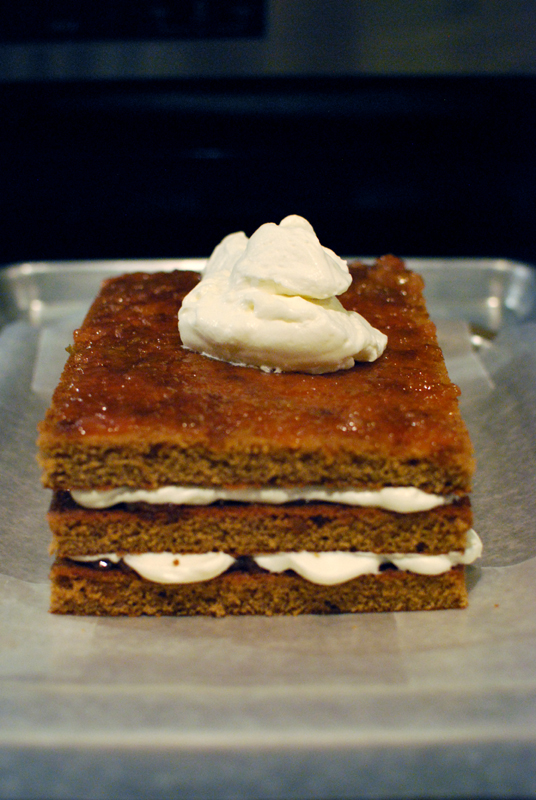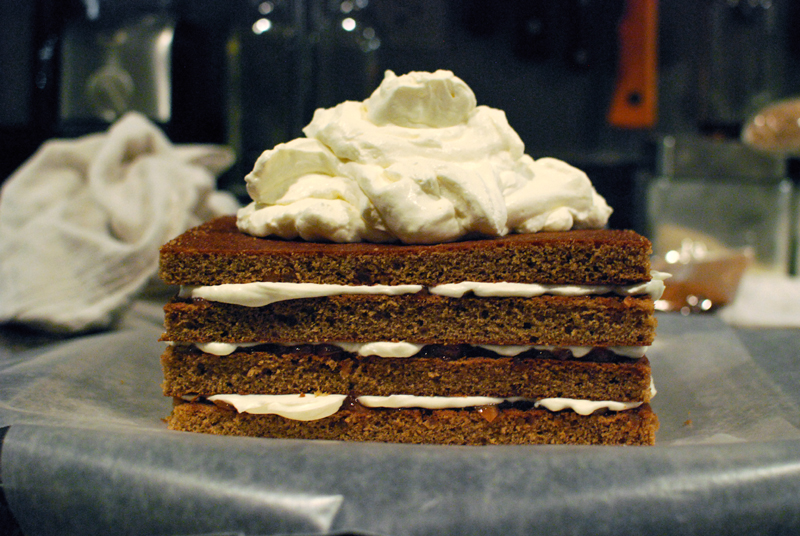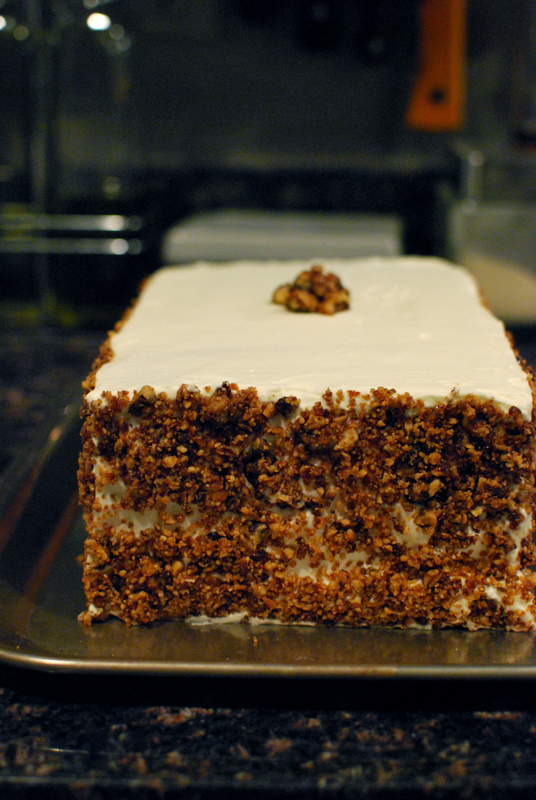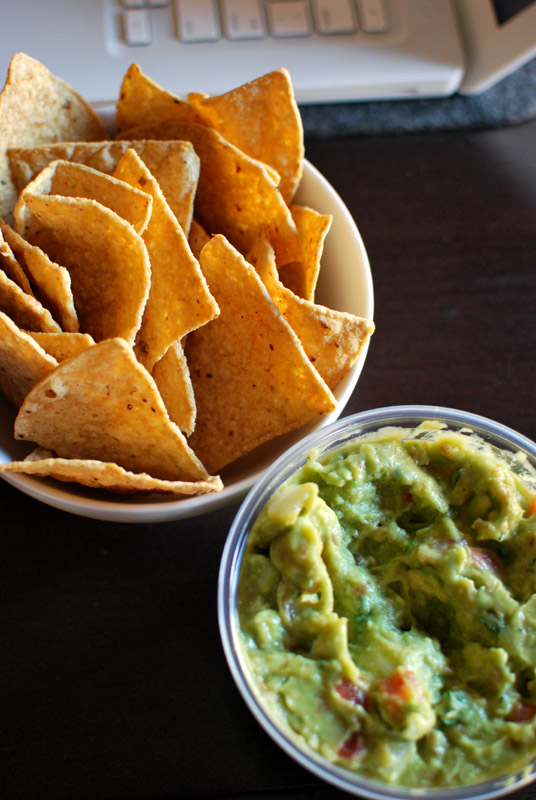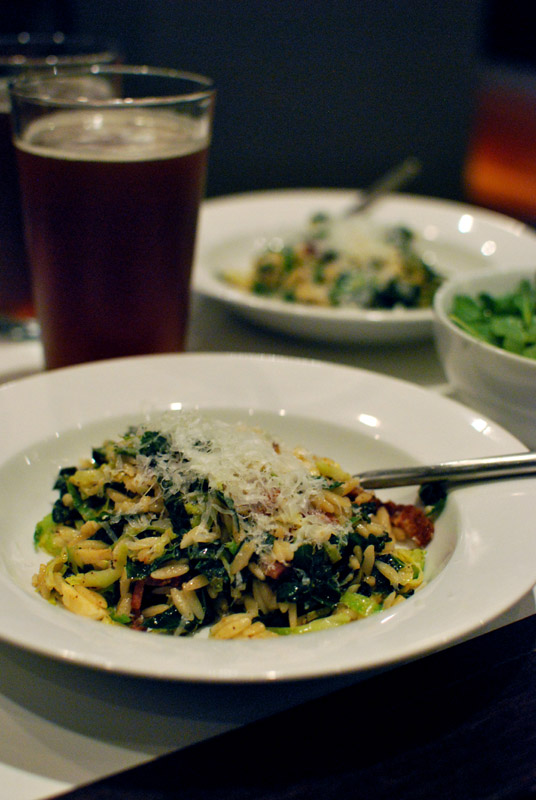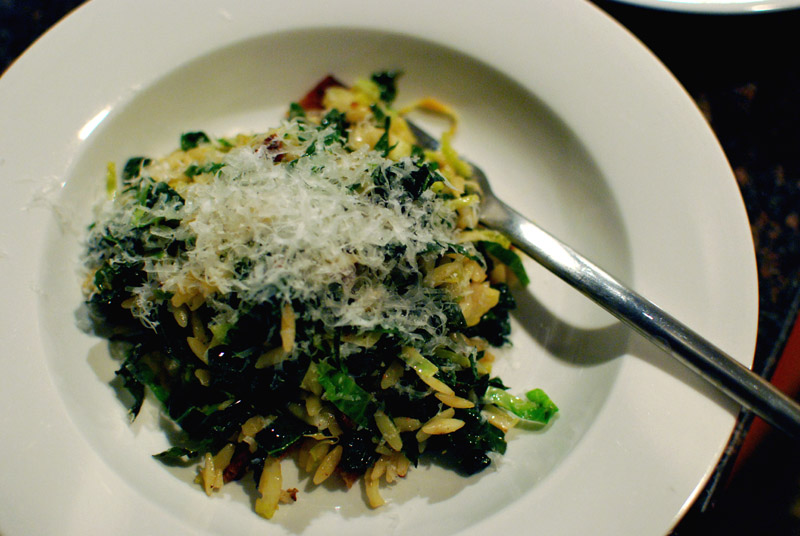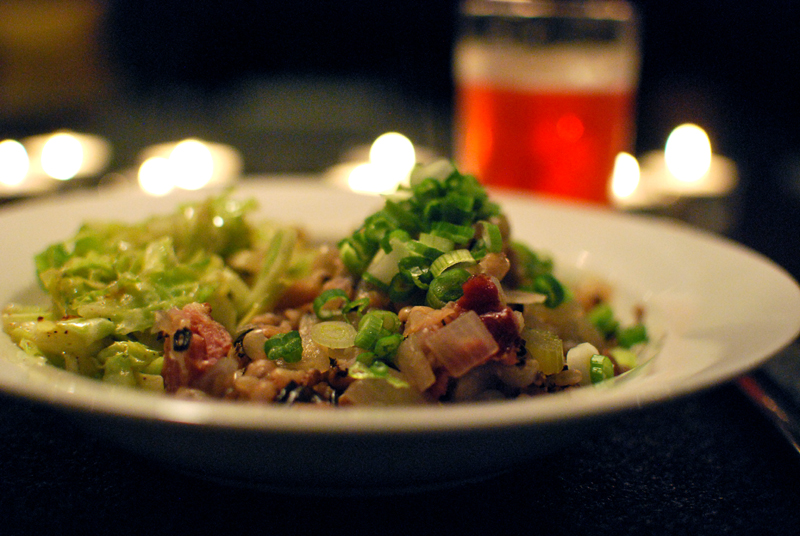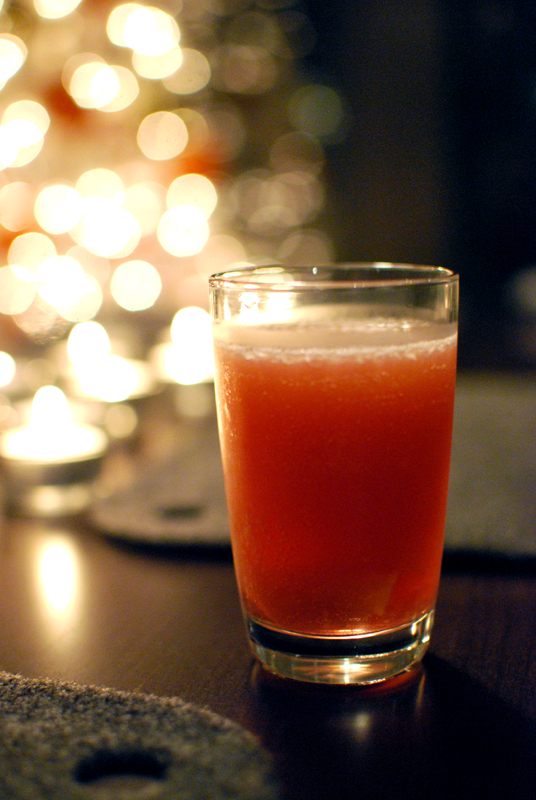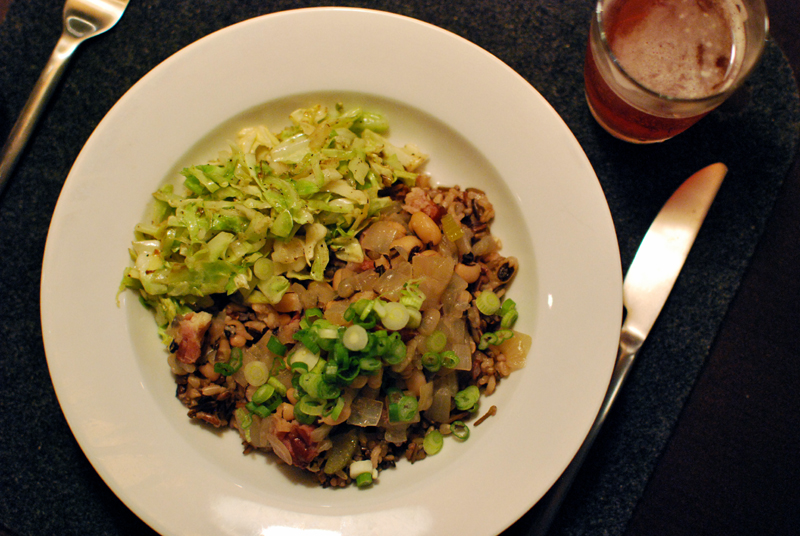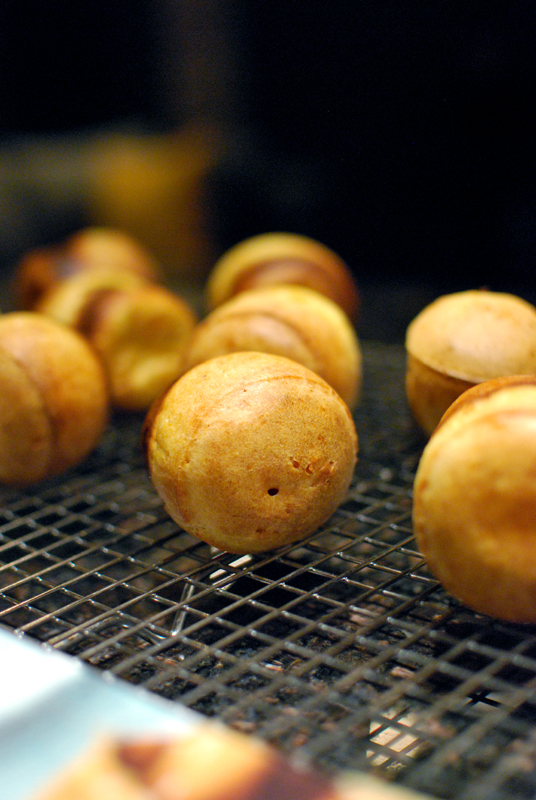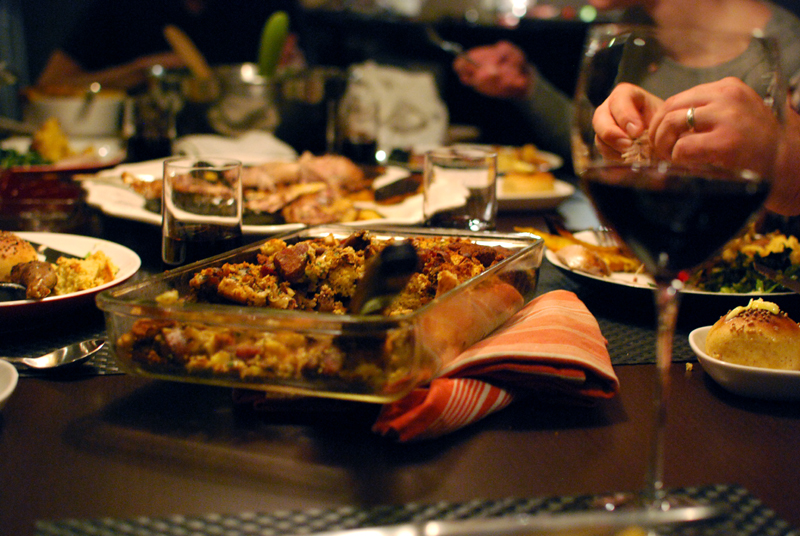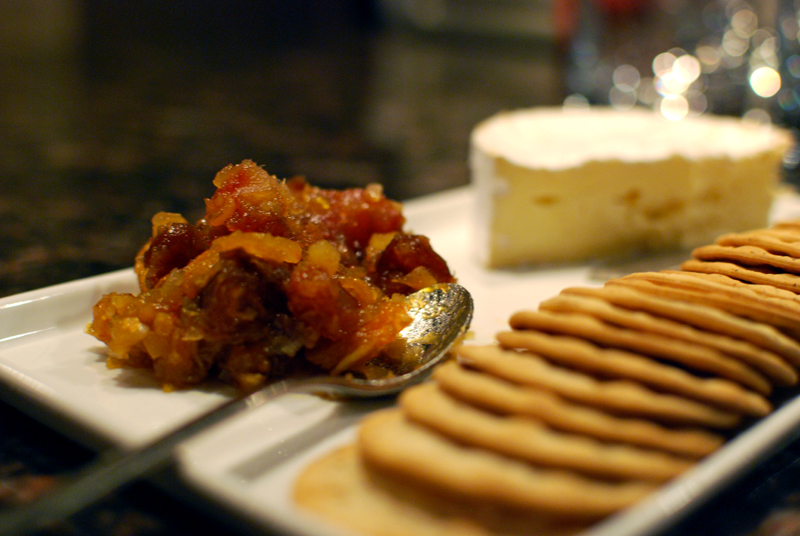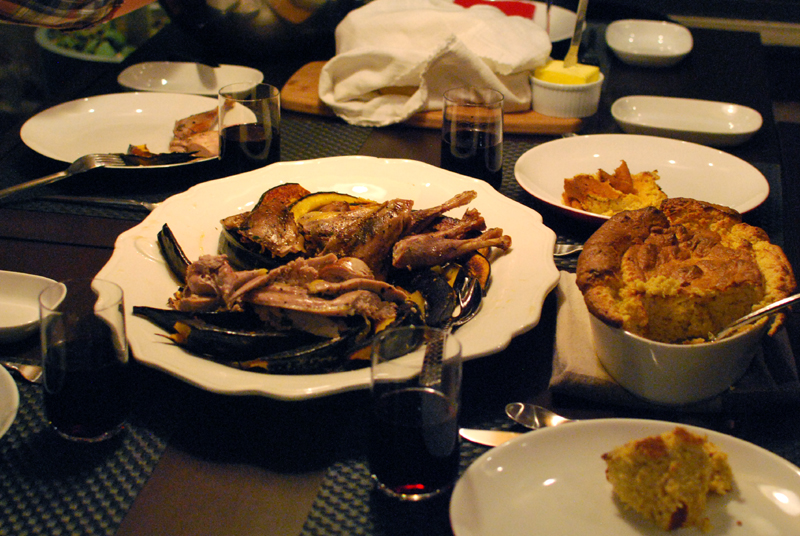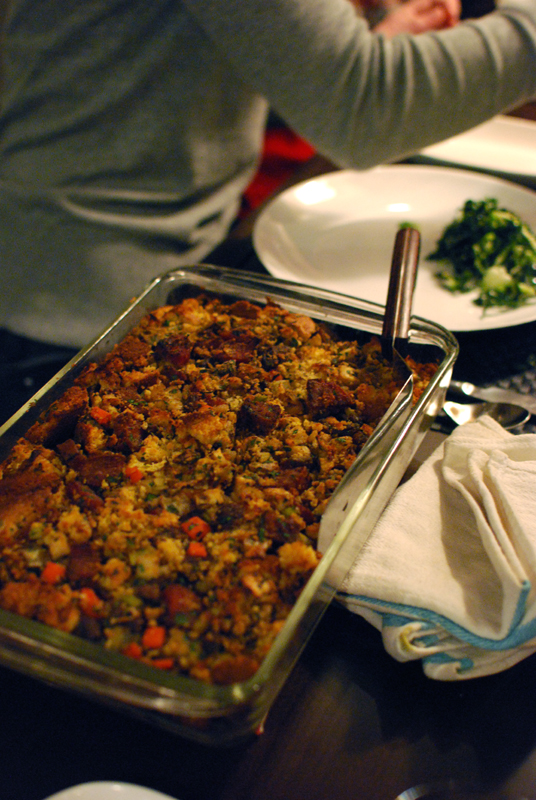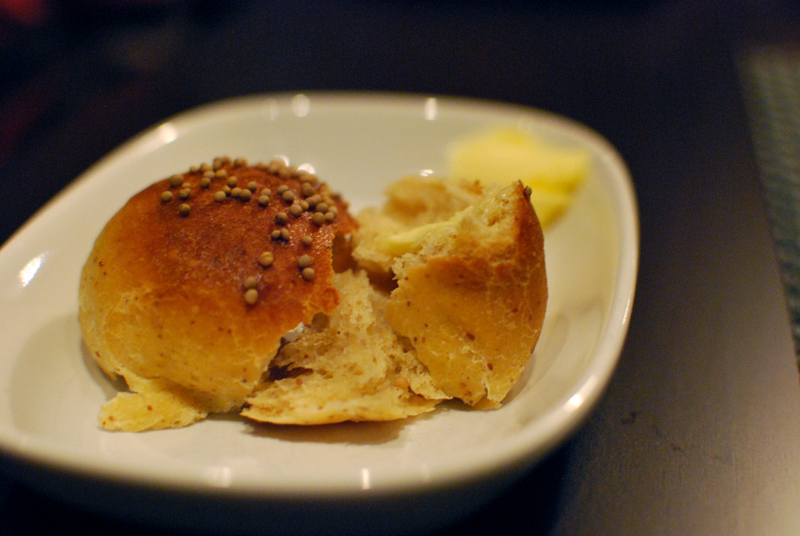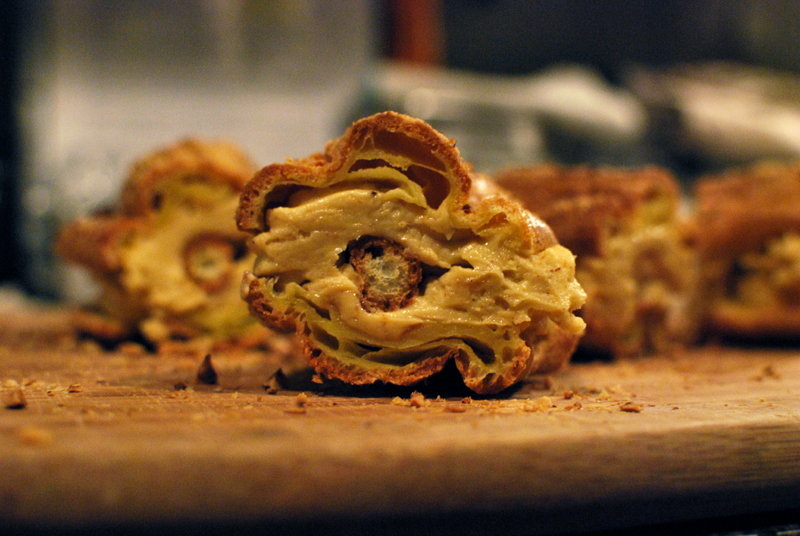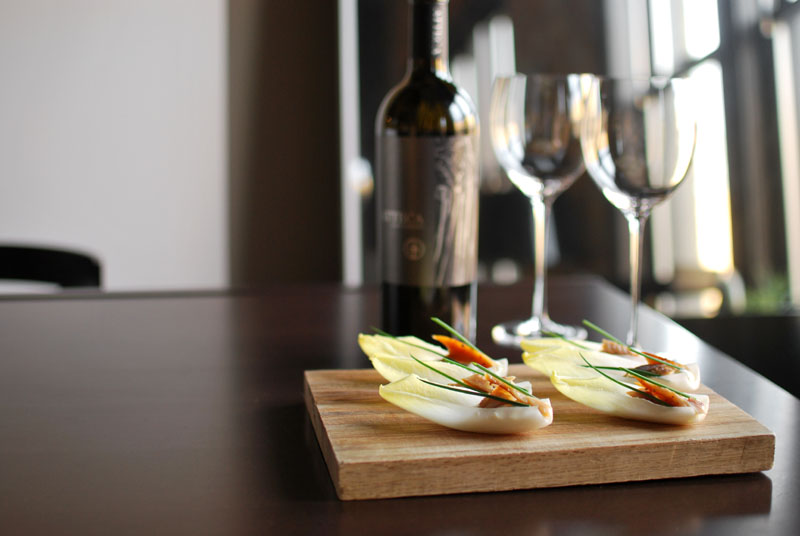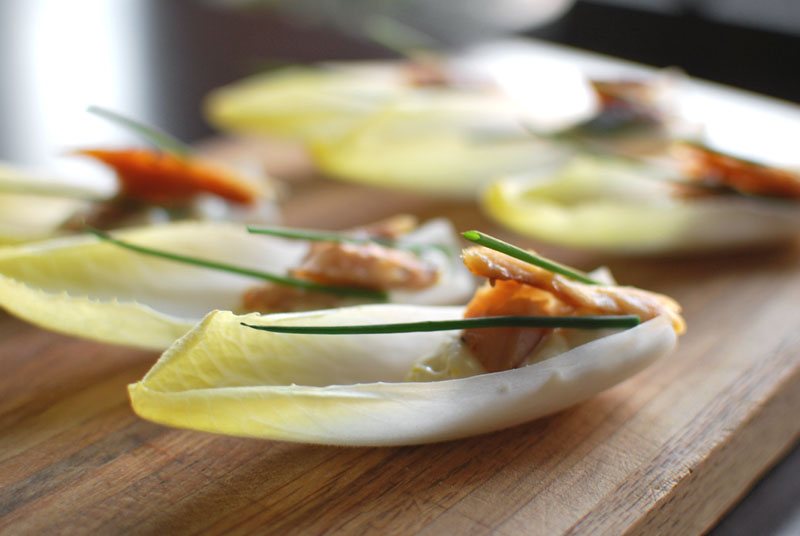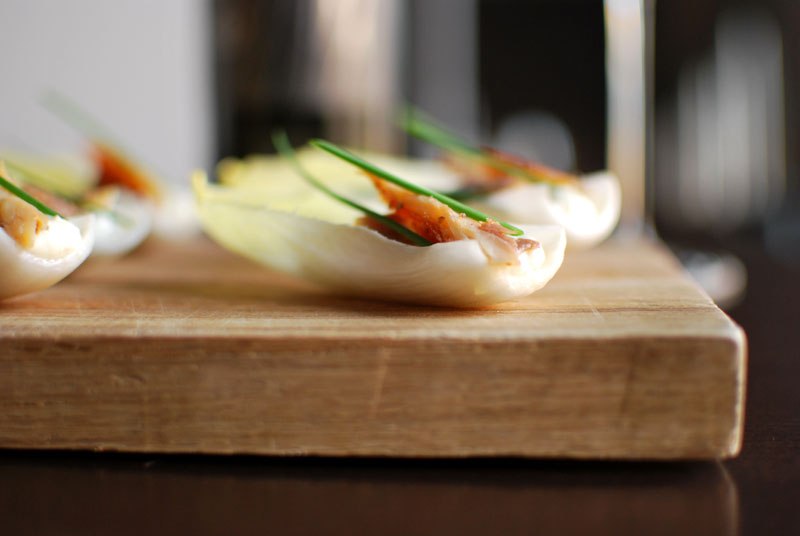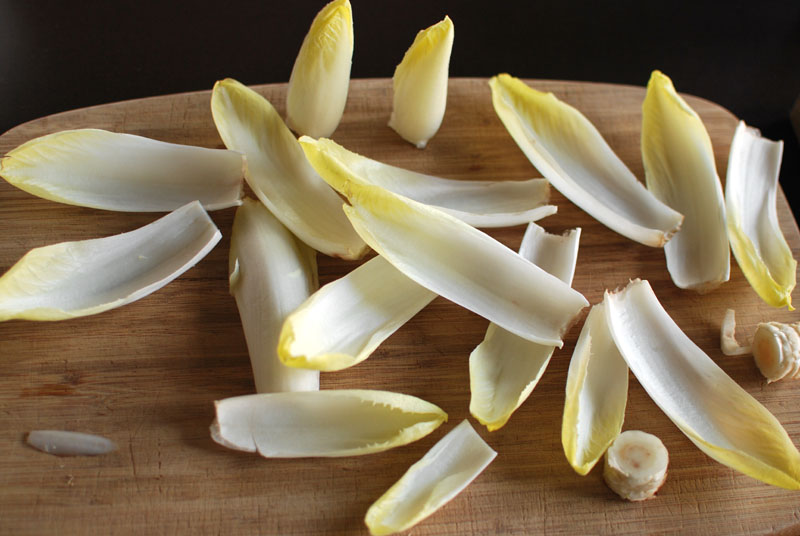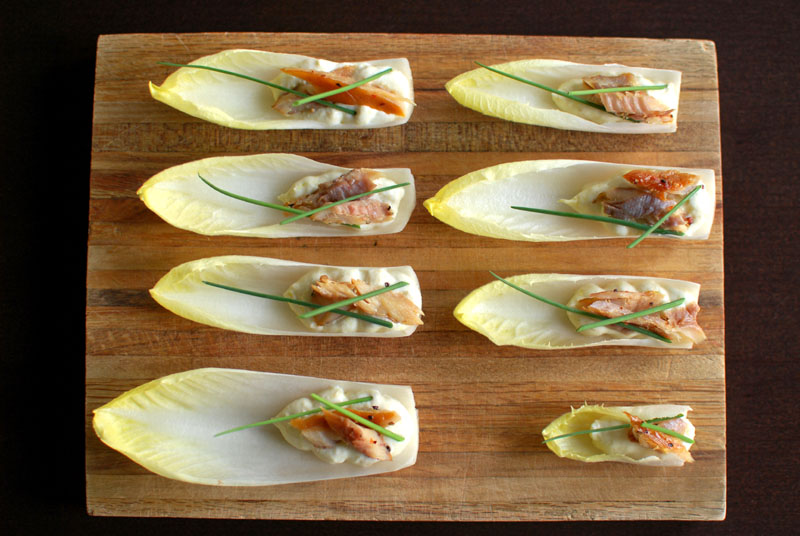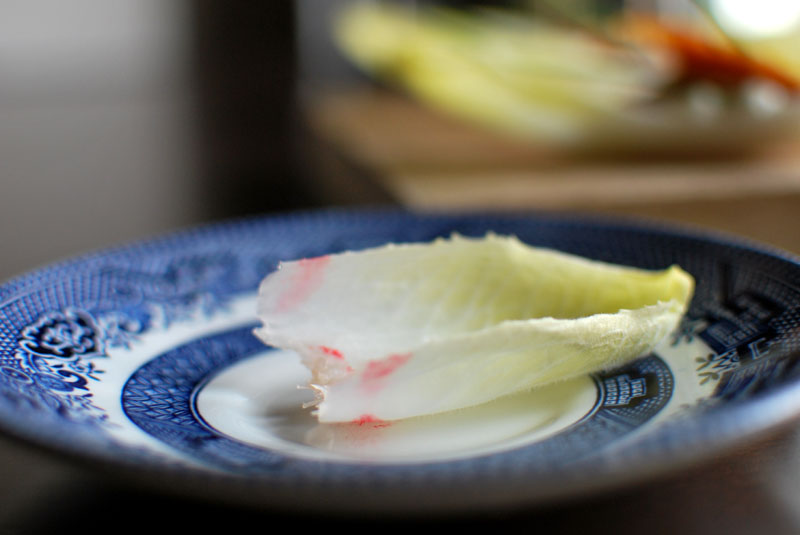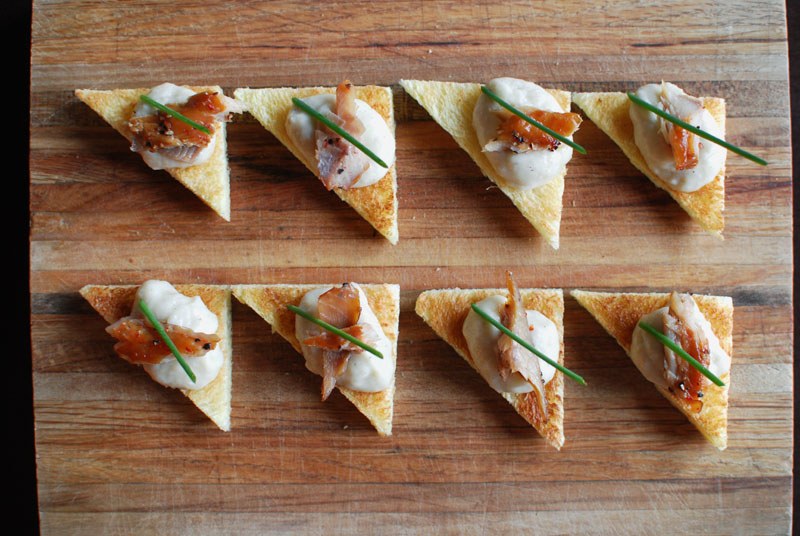
Every year, I ask my boyfriend not if he wants an elaborate, ridiculous, complicated, over-the-top birthday cake, but what kind.
As I was trained as a pastry chef, the chance for me to flex my pâtissière muscles once a year is irresistible. I dive into the research stage like a student studying for final exams, poring over books and trawling through websites in search of the perfect combination of flavors and textures. I plan, brainstorming ingredients and scribbling cross-section views to determine proper layering. I bake, sometimes for several days, but always with the utmost care and professionalism, as this is serious business. We invite others to help devour the behemoth.
The first year we lived together, he requested simply that it be “so unusual that most people wouldn’t want to try it based on the description”. Thus was born the chocolate, pear, walnut, and blue cheese cake. Five layers of it. Oh, yes. (And, in fact, many people did not want to try it based on that description, leaving us to finish most of it.)
The year after that, the request was for stark contrast to the previous year, something that could be described as yellow cake with white icing, but with a gourmet twist. This resulted in the Meyer lemon cake with white chocolate buttercream, polka-dotted on the side with lavender macarons.

The challenge for this year was a simple request: fall fruit. Having already offered pear (albeit subtly), and hating to repeat myself, I settled on apple as the dominant flavor. My fevered brain concocted a vision of apples, walnuts, browned butter, and rum, layers of soft cake alternating with the airy crunch of dacquoise (basically, meringue with nuts).
Funnily enough, I ended up not using one single apple in the cake, preferring to use trusted recipes that would behave predictably, and flavoring with apple cider wherever possible.
The finished cake was a seven-layer stunner, and tasted just as good as it looked. Yes, it was quite sweet and rich (and the tall pieces necessitated laying the fork down for a breather halfway through), but the friable walnut dacquoise yielding between the teeth and the rum buttercream literally melting over the tongue were compulsion enough to finish the plate. The cider flavor was subtle, but crisply present, playing very nicely with the browned butter cake layers. The texture was the real star here, each bite equally soft, crunchy, and luxurious.
There was not one single piece left over at the end of the night. I’d say that’s a pretty good review.

Apple Cider and Walnut Birthday Cake
Makes one huge cake
For the cake layers, I turned to Rose Levy Beranbaum’s French Génoise (recipe can be found here). I doubled the recipe almost exactly, but used 120- 130 grams (about 9 tablespoons) of beurre noisette to really accentuate the browned butter flavor. Additionally, instead of using only vanilla, I reduced a small pan of apple cider until it was nearly thick as honey, concentrating the apple flavor, and used that instead of half the vanilla.
2 9-inch French Génoise Cakes (recipe here)
Cider Cake Syrup (recipe below)
Rum Buttercream Frosting (recipe below)
Walnut Dacquoise (recipe below), edges trimmed to 9 inches to match the cakes
1. Cut the tops off the cakes to make them level. Carefully cut each into two layers. Place the bottom layer of one cake on a cake plate, cut-side up. Slide thin pieces of wax paper or parchment under the cake, to prevent frosting from getting on the plate. Brush the cake with the syrup, gently and thoroughly, but taking care not to drench the cake (otherwise, the buttercream will be difficult to spread).
2. Place a large dollop of buttercream on the cake layer, and spread to an even thickness of 1/8 to 1/4 inch. Add additional if necessary, but take care not to get crumbs in the main bowl of buttercream. Wipe the icing spatula as needed.
3. Place a round of dacquoise on top, and press very lightly into the buttercream. Spread another layer of buttercream on top of the dacquoise, taking care to not break the dacquoise.
4. Repeat layering of cake (using the top halves of each cake, brushing each layer with syrup), buttercream, and dacquoise, until only one cake layer remains. For the last cake layer (the bottom of the other cake), brush the cut (top) side with syrup before placing cut-side down on top of the cake (the brown bottom should be on the very top).
5. Place a huge dollop of buttercream on the top of the cake. Spread evenly across the top in a very thin layer, and let the excess fall over the sides, spreading evenly as it does. Smooth extra buttercream over the sides in a very thin layer. Do not worry about visible crumbs (which may be many) in this layer. When the cake is fully coated with a very thin, even layer of buttercream, transfer to the refrigerator. Let chill approximately 30 minutes, or until buttercream is firm.
6. To finish frosting the cake, spread another thin layer of room-temperature buttercream over the top to hide the visible crumbs in the first layer. Either spread buttercream over the sides, or pipe decorative vertical lines (start at the bottom) around the cake as shown. Return to the refrigerator until ready to serve. The wax paper or parchment strips will be easiest and cleanest to remove if the cake is well-chilled. If well-chilled, let sit at room temperature for 30 minutes before serving.
Cider Cake Syrup
Makes about 1/2 cup
A light syrup such as this is one trade secret to achieving a moist, yet close-crumbed cake, ideal for thin cake layers.
2 1/2 ounces (70 g) water, about 5 tablespoons
2 1/2 ounces (70 g) apple cider, about 5 tablespoons
2-3 tablespoons sugar, or to taste
1. Stir together over medium heat until the sugar dissolves. Let cool before using.
Walnut Dacquoise
Adapted from The Professional Pastry Chef, by Bo Friberg
Makes four 9 inch rounds, plus a few extra meringue cookies
For this cake, you only need 3 dacquoise rounds, but one will invariably break.
6 ounces (170 g) raw walnuts, about 1 1/2 cups
1 ounce (30 g) cornstarch, about 1/4 cup
1 cup egg whites, at room temperature
14 ounces (400 g) granulated sugar, about 2 cups
1. Preheat the oven to 250º F, using convection heat if possible. Spread the walnuts in an even layer on a baking sheet, and toast for 10 minutes. Let cool. Position racks near the top and bottom thirds of the oven.
2. Meanwhile, draw four 9 inch circles on sheets of parchment (the cake pan you will use to bake the cake layers is a perfect template), and mark the center of each circle. Invert the parchment onto baking sheets, so that the pencil or ink side is down. Make sure you can see the circles through the parchment.
3. Chop the cooled walnuts, preferably in a food processor, until very finely ground. Take care not to over-process them, and make a paste. Toss with the cornstarch.
4. Using a stand mixer, beat the egg whites with the whip attachment on high speed until thickly foamy, or approximately quadrupled in volume. Continue to whip while very slowly adding the sugar, taking about 4 minutes to add it all. Whip until stiff peaks form.
5. With a large rubber spatula, lightly but thoroughly fold the walnuts into the whipped egg whites by hand. Transfer the dacquoise into a piping bag fitted with a 1/2 inch (number 5) round tip. Fill the bag only slightly more than halfway for an easier time piping.
6. To pipe the dacquoise rounds, start in the marked center of each circle. Holding the piping bag vertically, and using even pressure, let the dacquoise fall from the tip into a flat, tight spiral on the parchment, leaving no gaps in the spiral. Try to pipe each spiral in one continuous ribbon. Repeat with remaining dacquoise and circles. Pipe any leftover dacquoise into small cookies around the edges of the piped spirals (do not let them touch). (Alternatively, if you don’t have a piping bag, gently spread the dacquoise out into as even a layer as possible, using the circles as templates. Use a spoon to make cookies out of any leftover dacquoise.)
7. Bake the dacquoise at 250º F for one hour, or until thoroughly dry. If after one hour, you are unsure whether or not it’s dry, simply turn the oven off and leave the dacquoise in the oven with the door closed for one more hour, or up to overnight. If not using immediately, store in an airtight container until ready to use.
8. When ready to use, trim the edges of the dacquoise with a serrated knife, to make the rounds exactly as big as the cake layers you are using.
Rum Buttercream Frosting
Adapted from The Professional Pastry Chef, by Bo Friberg
Makes 4 1/2 pounds, or enough for one 7 layer cake, or more than anyone reasonable should ever have on hand
This recipe, a classical French Buttercream, really requires the use of a thermometer for the sugar syrup. It seems perhaps unnecessarily complicated, but produces a much more stable buttercream than a simpler method. Do not be tempted to estimate temperatures here, as accuracy is fairly crucial. Be sure your butter is well-softened before beginning; it will make your life so much easier. And you are reading that correctly, you need two whole pounds of butter. They don’t call it “buttercream” for nothing.
1 1/2 pounds (680 g) granulated sugar, a scant 3 1/2 cups
1/2 cup water
12 egg yolks, at room temperature
2 pounds (910 g) unsalted butter, at room temperature
2 to 3 tablespoons dark rum, to taste
1. In a medium saucepan, bring the sugar and water to a boil over medium-high heat, stirring just until the sugar is dissolved. Without stirring further, cook the syrup until it reaches 240º F (sugar crystallization is the enemy here, and stirring will help form crystals). Use a pastry brush dipped in water to wash any forming crystals off the side of the pan.
2. Meanwhile, beat the egg yolks in a stand mixer on medium-high speed with the whisk attachment until fluffy and lightened in color, 3 minutes or so. When the sugar syrup is fully cooked, lower the speed to medium-low. Slowly drizzle the syrup down the side of the bowl into the yolks, avoiding the moving whisk as much as possible (which will fling syrup against the bowl, creating hard lumps that may later end up marring the smooth texture of the frosting).
3. When all the syrup is added (do not scrape the pan; it’s okay if some remains), turn the speed to high and whip until the mixture has cooled. This will take some time, maybe even 10 to 15 minutes.
4. When the mixture has cooled enough to not melt the butter, turn the speed back to medium-low. Add the butter gradually, only adding it in as fast as it can be incorporated. The mixture will look curdled and broken at times, but do not despair. Continue whipping, and all will be made well in the end. When all (yes, all) the butter has been added, add the rum gradually, until it tastes right to you. Use immediately, or refrigerate, bringing to room temperature before using.
